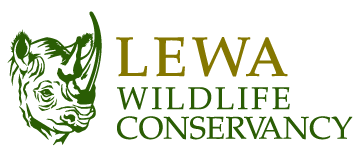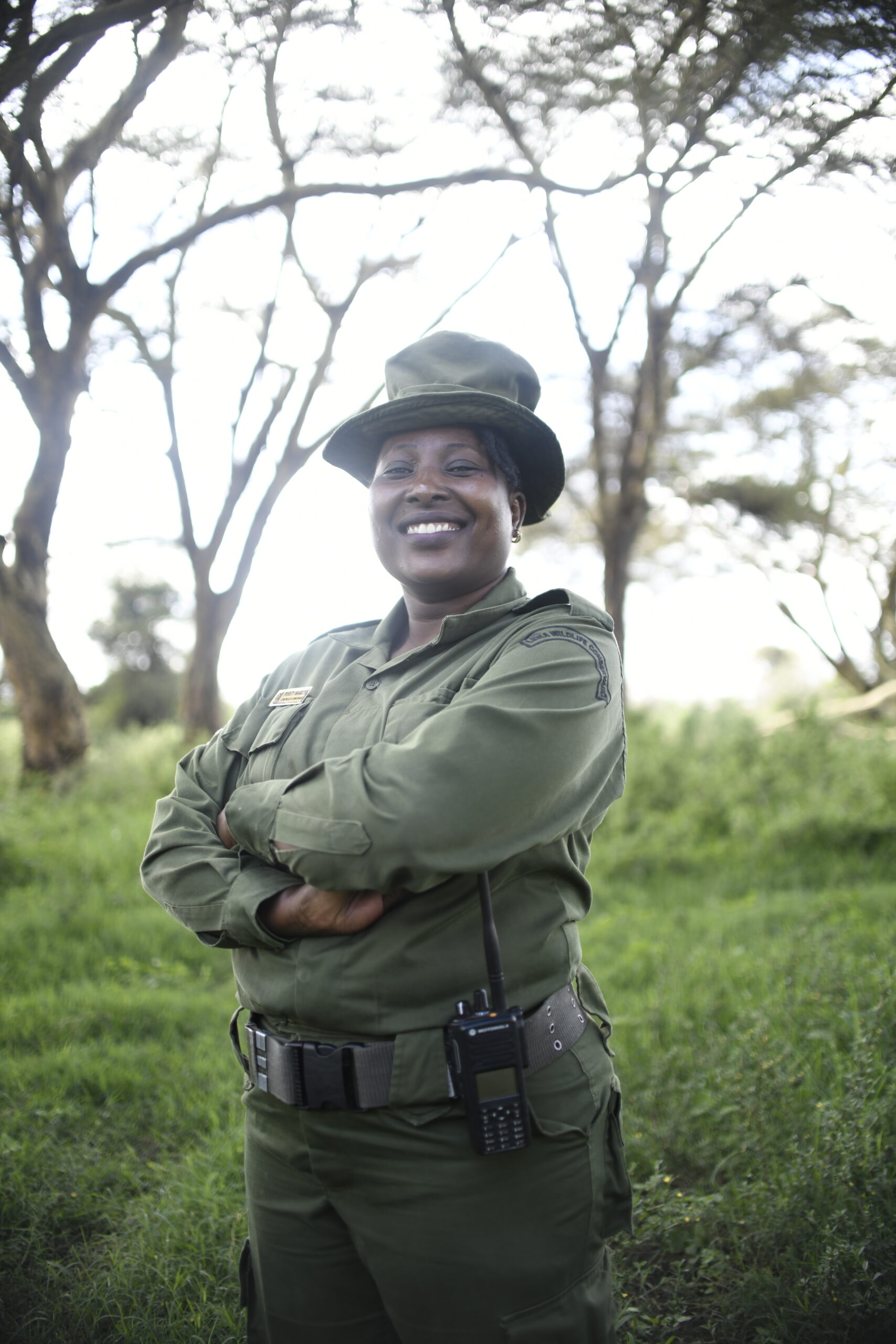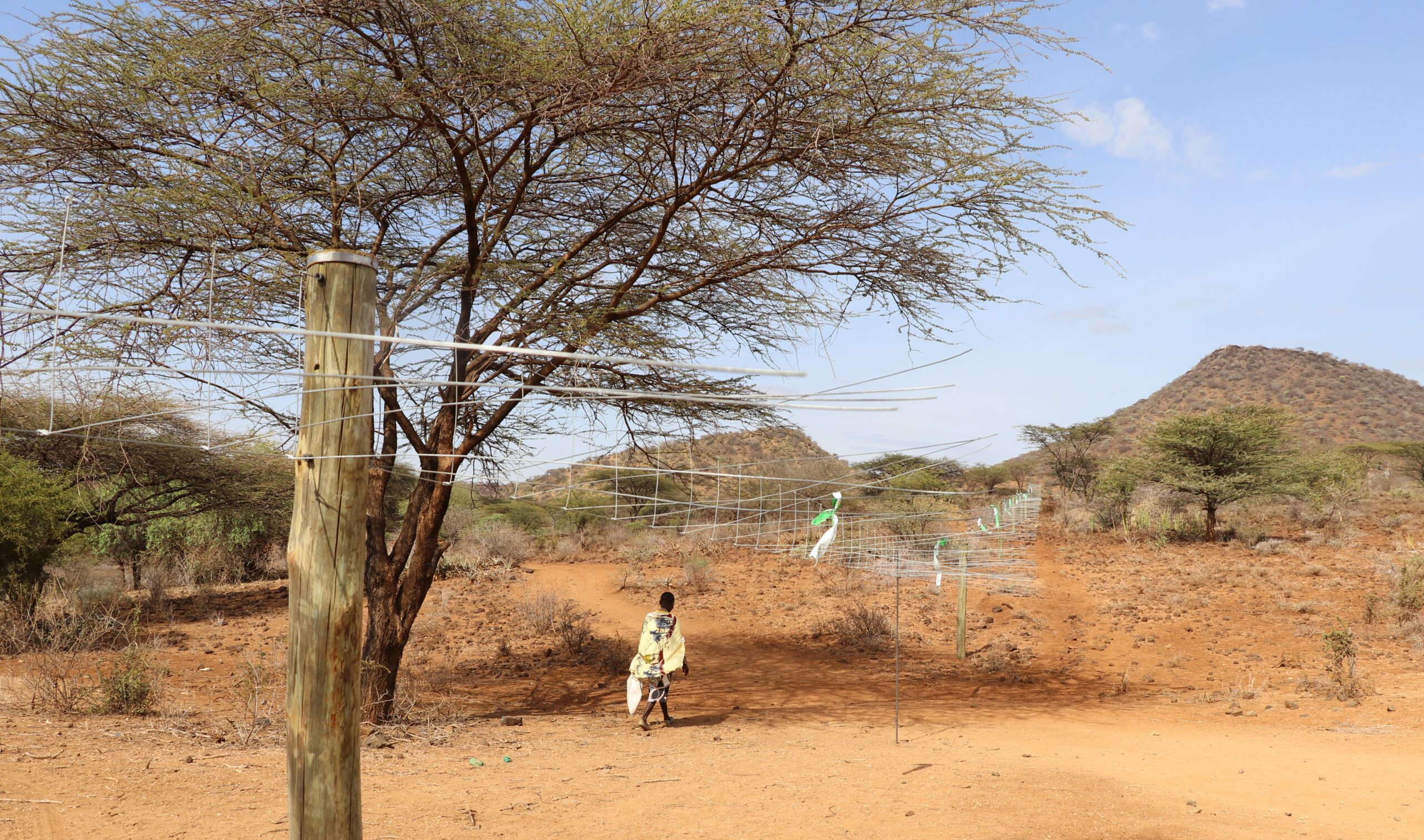The Lewa Wildlife Conservancy and its western neighbour Borana Conservancy are to drop the fence separating the two properties to form 93,000 acres of prime black rhino habitat.

Lewa is the pioneer privately-owned rhino sanctuary in Kenya and holds 11% of the country’s black rhino population. Picture by Ann and Steve Toon.
Starting September 2014, the Lewa Wildlife Conservancy and Borana Conservancy will embark on the process of removing the fence separating the two areas to create one conservation landscape for the benefit of the critically endangered black rhino. This is the first time that two privately owned and run organisations have undertaken such a move for the benefit of one of the country’s most threatened species.
Lewa is the pioneer private wildlife sanctuary in East Africa, established in 1983 as the Ngare Sergoi Rhino Sanctuary. Borana is the newest black rhino sanctuary in Kenya, having received its founding population of 21 animals last year in August. 11 of the rhino came from Lewa and the other 10 from Lake Nakuru National Park.

Black rhinos on Borana. The Conservancy received its founder population of 21 black rhino last year in August, making it the newest rhino sanctuary in the country.
“With the fence removed, the Lewa – Borana landscape will top 93,000 acres, establishing the single biggest private rhino conservation reserve in Kenya and readying the area to become a ‘Key 1 population’, as defined by the African Rhino Specialist Group, an advisory body of the IUCN, once it tops the 100 black rhino mark. This is projected to occur in the next two years – the two areas currently have a combined black rhino population of 88. Lewa is also home to 63 white rhino and these will also benefit from the expanded habitat,” explains Lewa’s CEO, Mike Watson.
Borana’s Managing Director Michael Dyer adds:
“The Borana Conservancy has been working closely with The Kenya Wildlife Service and The Lewa Wildlife Conservancy under the Conservation and Management Strategy for Black Rhino in Kenya 2012-2016 and we are delighted to have achieved this important goal of providing additional secure habitat for rhino. This is a hugely important and progressive step and adds a further 50% to Lewa’s landscape available for rhino in a creative and exciting partnership between all parties.”
The two organisations would like to thank all the supporters and partners, notably the Kenya Wildlife Service, who have been involved in making this landmark event possible.
